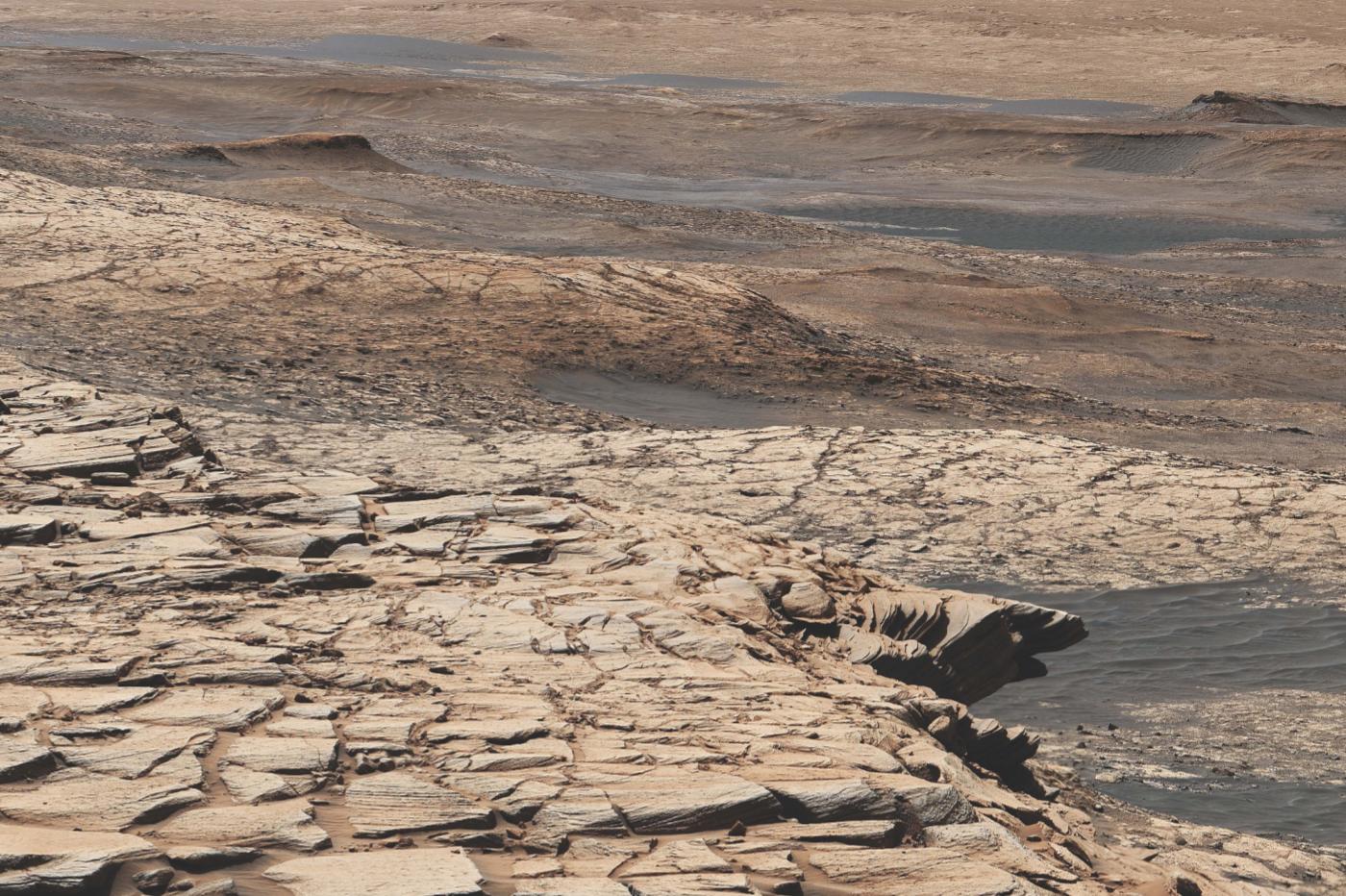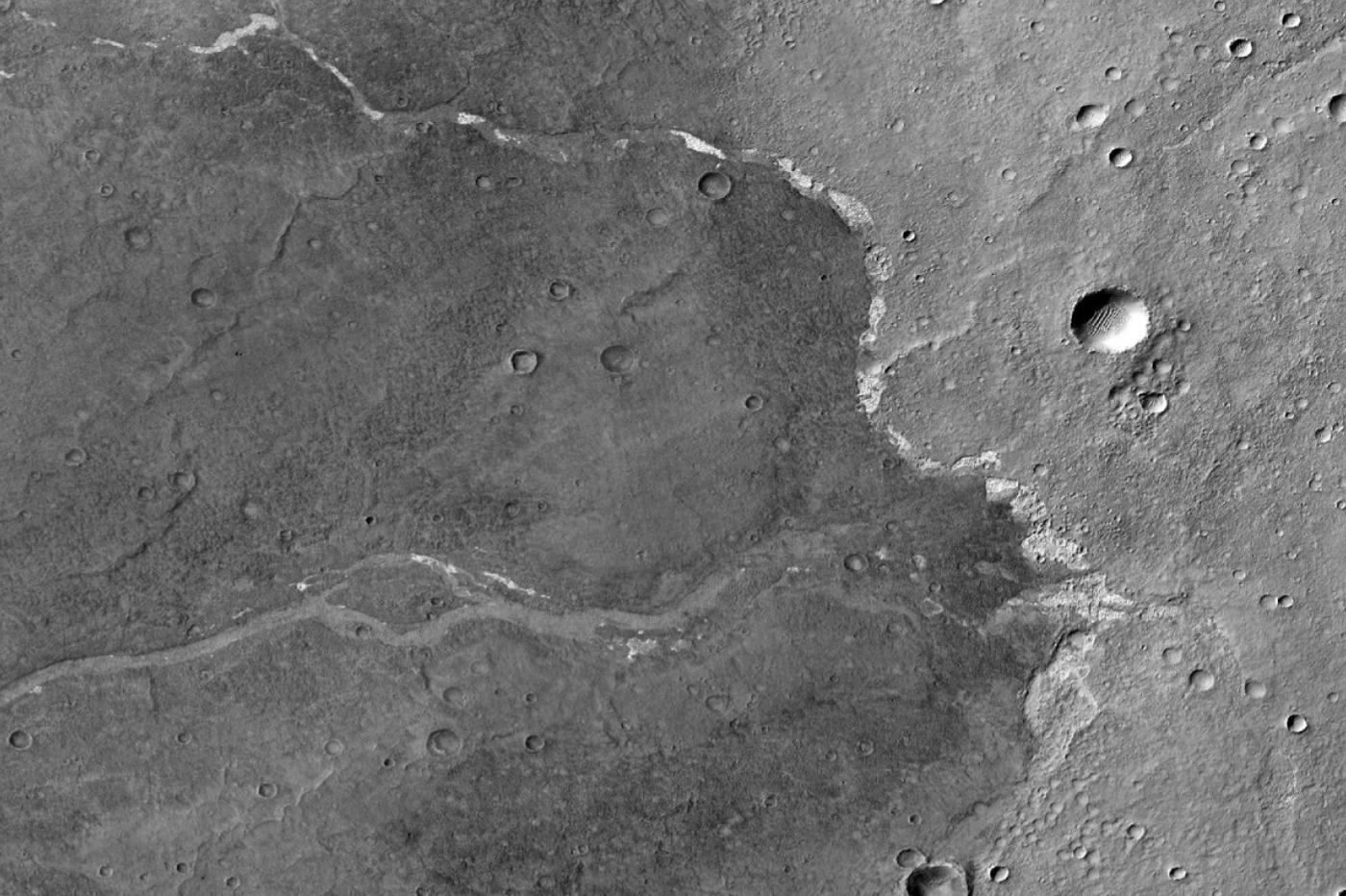
The question of water continues to be one of the most interesting for Mars explorers.
Mars once had water, that’s a fact. today indisputable. But the precise chronology remains to be unraveled; when did this water appear? And especially, when and why did she disappear to make way for the orange desert that we know today? two very important questions for research. And based on recent work, this latest event may be more recent than previously thought.
In recent years, most of the strongest work on the subject placed the drying up of Mars around three billion years before our era. According to researchers at the California Institute of Technology (Caltech), this event dates back to around 2.3 billion years ago.
There are several types of clues that can result from the presence of water. These showings are often geomorphological in nature; several Martian rovers, for example, have already identified structures which, on Earth, correspond to the presence of liquid water. But it is also possible to use another method: to find chemical traces of an element transported by this liquid.

Track down salt deposits
This is what doctoral student Ellen Leask and her professor did; they were interested in the chloride deposits that remain on the surface when the water evaporates. Thanks to the surveys of the Mars Reconnaissance Orbiter (MRO), which has been meticulously scrutinizing the red planet since 2015, they were able to review all the deposits already identified by NASA.
Their goal was to determine the age of these deposits, which likely corresponds to the great drying up of Mars. Unfortunately, MRO does not allow remote chemical dating. The astronomers therefore had to be cunning; rather than giving an age to the salt deposits, they were interested in the basins in which these deposits were concentrated.
The reasoning is simple: since water may have accumulated at the bottom of these basins, they are necessarily older than the liquid. In theory, therefore, it suffices to date the container to have an idea of the age of the contents. And fortunately, it is much easier to date the age of these craters. Thanks to various mathematical sleight of hand, researchers can indeed estimate the age of a portion of land based on the number of craters.
By carrying out this analysis on all the known salt deposits, the researchers realized that some of the deposits were much younger than expected: the water that carried these salts would have evaporated around 2.3 billion years ago. years. This is almost a billion years later than the date accepted so far.
It’s a discovery that could potentially impact the search for past life on Mars. Indeed, water is essential for carbon-based life as we know it. Assuming that such a life form once walked Mars, the strongest clues will certainly be found near the last places where water flowed. These salt deposits are therefore certainly one of the places where it will be interesting to send a rover one day, in order to take some samples that will tell us a lot about the geological history… and possibly the biological history of our crimson neighbor.



